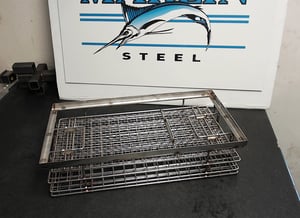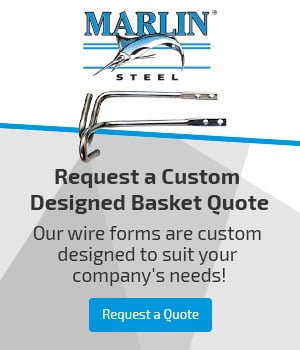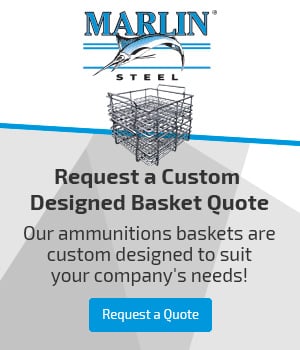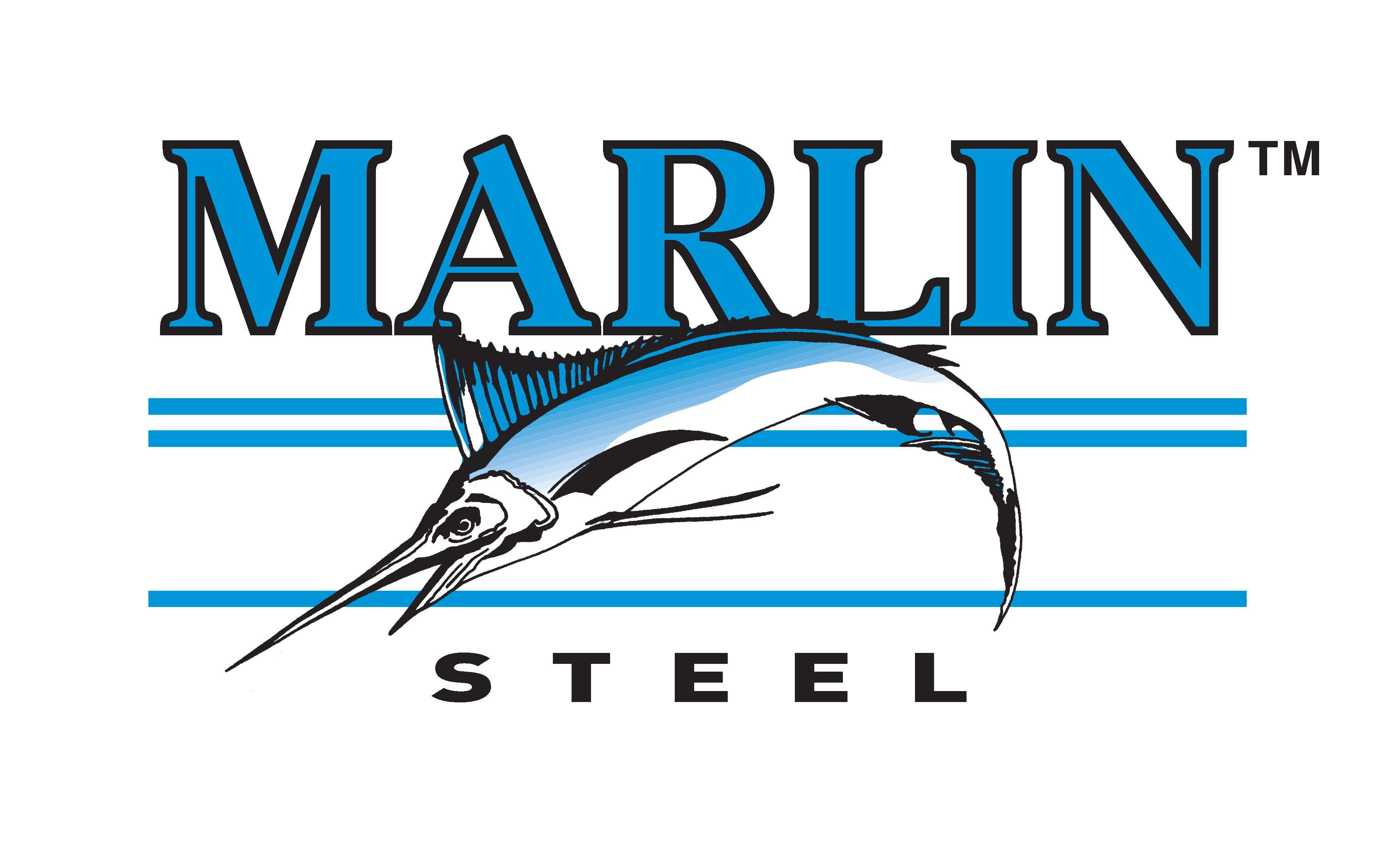 In a recent stainless steel wire basket order, the client asked for a generic, shoebox-style design with a single large opening to throw parts into. While simple to design and build, Marlin’s engineering team decided to go the extra mile. They got to thinking about how this generic design would affect the performance of the stainless steel wire basket—and thus the customer’s own parts and manufacturing process.
In a recent stainless steel wire basket order, the client asked for a generic, shoebox-style design with a single large opening to throw parts into. While simple to design and build, Marlin’s engineering team decided to go the extra mile. They got to thinking about how this generic design would affect the performance of the stainless steel wire basket—and thus the customer’s own parts and manufacturing process.
After reviewing the parts the basket was to hold (a series of stainless steel valves and lever assemblies) and learning that the baskets would be moved by hand, Marlin’s engineering team proposed a change to the quote. The change was to make a custom wire basket with a tailored rack to hold the valves and levers in a precise layout—as well as to add handles to make the basket more ergonomic to carry.
Asking Questions to Learn the Optimum Custom Wire Basket Design
The design team asked the client a few extra questions:
- Where Are the Sensitive Areas of the Valves? Knowing which parts of the valves are the most sensitive to damage would help the design team protect those areas.
- What is the Best Way to Angle the Part for Faster Draining/Washing? Holding parts at an angle can make them easier to wash and dry out after washing. This improves throughput by speeding processes.
- How Many Parts Should Each Basket Hold? Knowing the number of valves and levers the basket will hold is useful for designing the tailored rack in the basket.
- Will Other Part SKUs be Washed in This Basket? If the basket would be used with parts other than just the one valve and lever assembly, then the design of the custom wire basket might have to change.
By asking these questions, Marlin’s engineering team was able to design a better custom wire basket for the client’s part washing process.
The Benefits of Using a Custom Wire Basket Vs. a Generic Design
The big benefit of using a wire basket that had a custom-tailored rack to hold the client’s parts is that it would reduce damage to those parts. In the generic design, the valves could bounce or roll around in the basket freely and impact one another—leading to scratches and other surface flaws that could impede their function and appearance.
Damage to parts could require them to go through a second finishing process—or even to be scrapped and rebuilt entirely. This would slow the customer’s manufacturing process and make them fall behind schedule.
Over time, the extra expense for the custom wire baskets versus the generic designs would pay for itself.
Additionally, by adding handles to the stainless steel wire baskets, they became easier (and more ergonomic) to carry—reducing muscle strain injuries for the client’s workers as they move the baskets from one parts finishing process to the next.
Marlin’s client was pleasantly surprised by the initiative the design team took to talk about options for improving the stainless steel wire basket they ordered. After discussing the pros and cons of the custom wire basket design, the client made a decision that they were comfortable with.
Do you need a custom wire basket that is optimized for your manufacturing process? Reach out the team at Marlin Steel to learn how you can get a custom-made basket that’s just right for your needs!



.gif)


